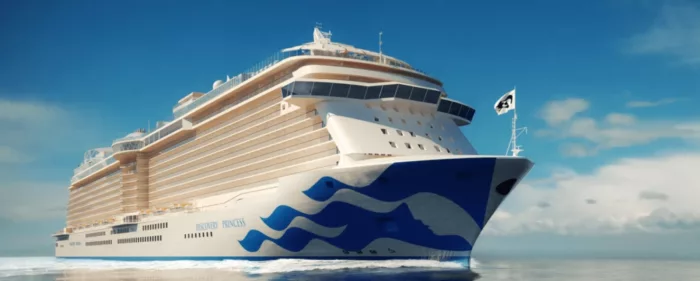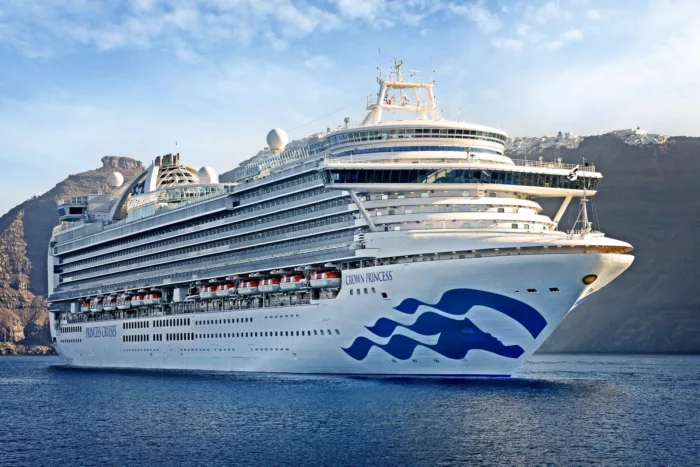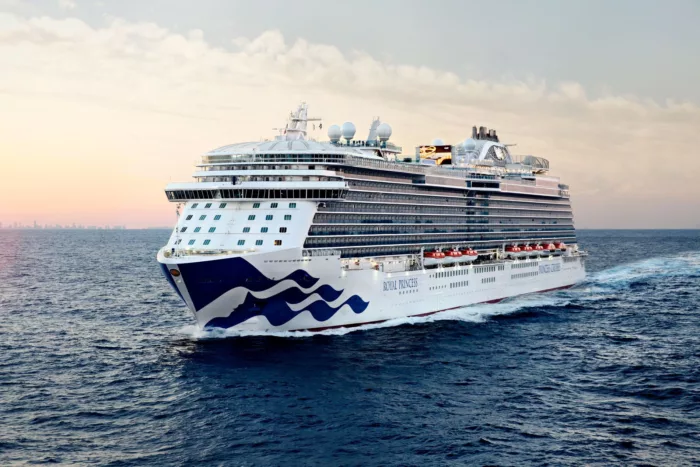
Princess Cruises
No matter what you love, you’ll find it on a cruise with Princess, the original Love Boat®. Award-winning food, awe-inspiring adventures in port and entertainment that wows. The line’s friendly crew and luxurious staterooms make you feel at home and always welcome.
3560
Passengers
1346
Crew
2017
Launched
141000t
Tonnage
330m
Length
66m
Width
22kts
Speed
15
Decks
AUS
Currency
Cruise Itinerary
Ship Details


Princess Cruises
Majestic Princess
From exciting dining and entertainment options to wondrous destinations, you'll see the world in a whole new way
Cabins
All Prices











